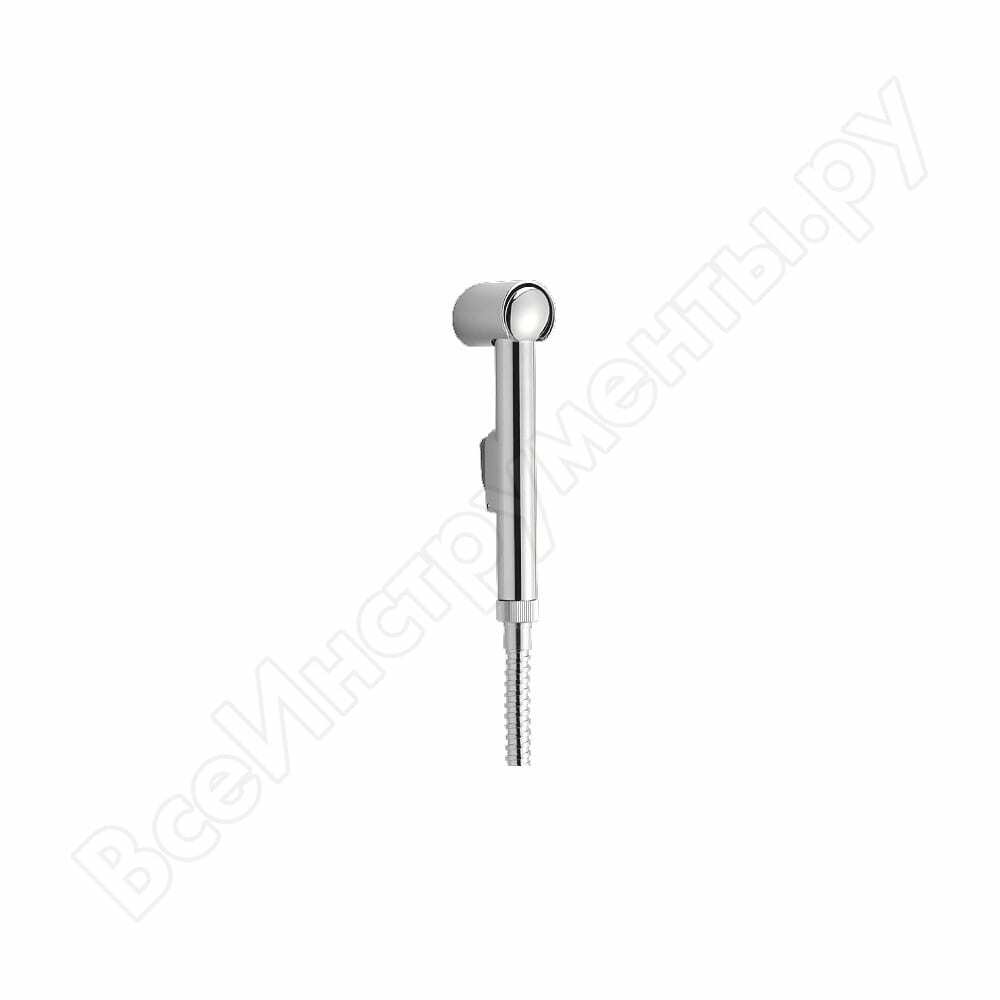CONTENT
- 1 Quartz heater - what is it
- 2 Types of quartz sand heaters
- 3 Review of popular models - price and specifications
- 4 How to determine the power of a quartz heating battery
- 5 How to choose a heater with sand inside - our editorial team's recommendations
- 6 Video: The Whole Truth About Infrared Heaters
Quartz heater - what is it
A quartz heater is an electrical appliance designed to heat the room in which it is installed. This device belongs to the group of energy-saving equipment due to its technical characteristics, characterized by high efficiency of use with low consumption of electrical energy. The advantages of such equipment are:
- safety and ease of use;
- fire safety and environmental friendliness;
- ability to work in the infrared range;
- in the process of work, they do not dry the air and do not burn oxygen;
- a variety of design styles and designs allows you to use it in different types of rooms.
IMPORTANT!
The principle of operation of monolithic type heaters is similar to the operation of a stone oven, which determines their ability to maintain the temperature in a heated room within the specified parameters for a long time.
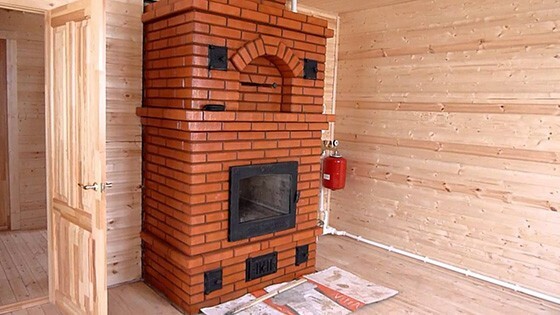
Of the shortcomings of these heating devices, the following indicators should be noted:
- heating in a room where such equipment is used is slow, due to the method of heat transfer;
- the need to use strong enclosing structures for the wall placement method, especially for monolithic models, which is caused by their significant mass.
IMPORTANT!
When used in large rooms, the heaters operate in a constant on mode, therefore this should be taken into account when calculating the heating system and the planned costs for the consumed electrical energy.
Heaters of this type are classified according to the method of heat transfer as convection and infrared.
Types of quartz sand heaters
Infrared and convection devices differ in design, principle of operation, and conditions of use and types of service, in connection with which they should be considered separately from each other from friend.
Infrared Quartz Heaters
A distinctive feature of infrared emitters is that they do not heat the air circulating around them. Infrared rays affect objects in the area of their propagation, which are under this they heat up by exposure, and already from them the air temperature rises in the room where it is installed similar device. The design and main elements of the infrared device are shown in the following figure.
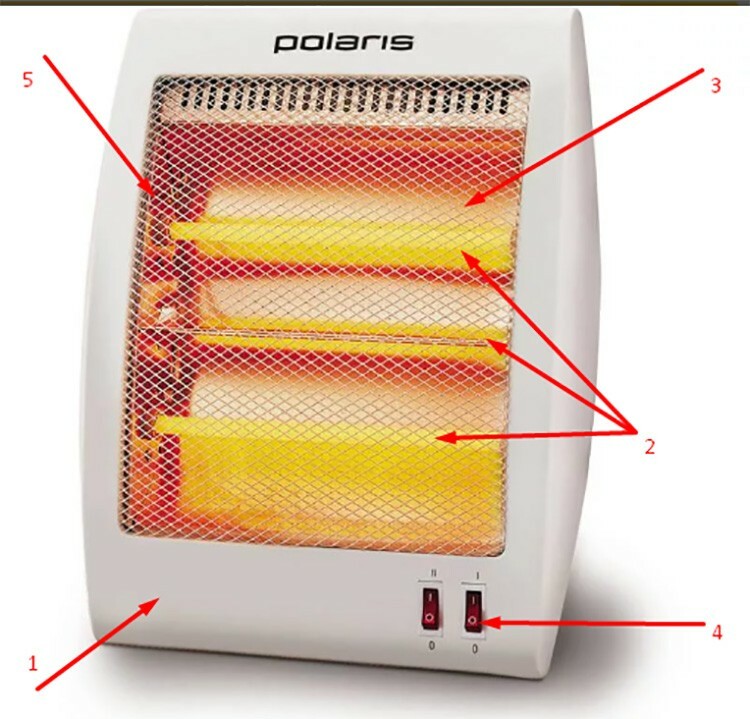
This figure shows the following structural elements:
- 1 - heater body;
- 2 - quartz tube with a heating element mounted in it;
- 3 - reflector;
- 4 - control elements of the device operation;
- 5 - protective mesh.
The operation of heaters of this type is carried out as follows:
- when voltage is applied to the terminals of a heating element made of tungsten or other durable and wear-resistant material, it starts heating;
- under the influence of thermal energy emitted from the tungsten spiral, infrared rays are emitted from the surface of the quartz tube;
- for the uniformity of their radiation, a reflector is provided in the design of the heater, which concentrates the infrared rays in a certain direction;
- control elements are provided in the device to control the operating modes;
- to prevent foreign objects from entering the inner space of the device, its outer surface is covered with a protective mesh.
Such devices are available in different types of performance, which determine the nature of their installation:
- hinged - mounted on the wall or ceiling;
- installed on the floor or pieces of furniture.
Models designed for horizontal installation are equipped with special legs or tripods to ensure a stable position. Devices mounted on a wall or ceiling have special holes or brackets on which they are mounted by means of fastening elements. The advantages of devices of this type, unlike other analogs, are:
- compactness and light weight;
- maintainability.
Among the shortcomings, it should be noted the fragility of a quartz tube under external mechanical influences, and also the possibility of impact on objects and building structures only in the area of distribution IR rays.
Quartz Monolithic Wall Heaters
In monolithic quartz heaters, the principle of operation is based on convection (movement) of air in an enclosed space under the influence of the temperature difference in its upper and lower layers. Externally, devices of this type look like a monolithic slab of certain geometric dimensions, in the manufacture of which quartz sand is used. A heating element is placed in the inner space of the slab, which, when voltage is applied to it, heats up and transfers its heat to the entire monolithic structure. For heaters of this type, the entire surface of the monolithic plate acts as a heat exchanger. The design of a monolithic type device is shown in the following figure.
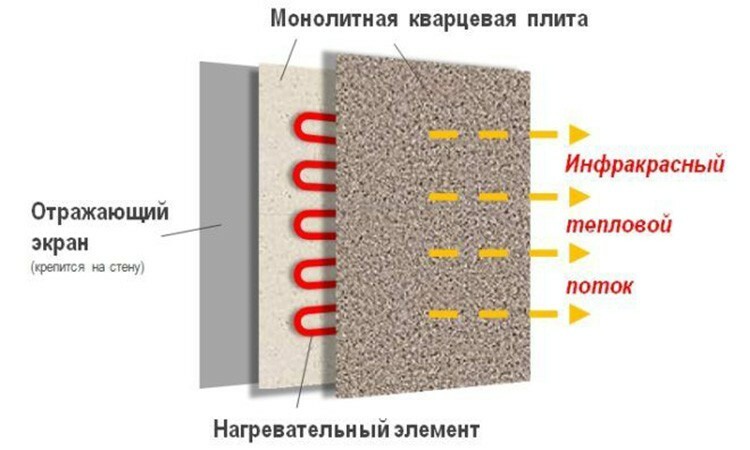
In devices of this type, heating is carried out in two ways: convection and infrared radiation, which increases the efficiency of their use. To increase the energy efficiency of devices of this type, when they are installed on the wall, a reflective screen is attached at the location, which, with on the one hand, it serves as a protection for building structures, and on the other hand, it increases heat transfer to the inner space of the heated premises. The external panel, mounted on top of a quartz slab, can be made in various design styles, which allows these devices to be installed in the interior of different rooms. Due to the fact that a monolithic slab has a significant weight (about 10 kg), then for its installation it is necessary to have strong building structures (walls) and reliable fasteners.
The presence of an insulating screen and strong fasteners will ensure long-term operation of monolithic panels
When installing on the floor, it is necessary to use special structures that provide a rigid fixation of the device in a given spatial location. The advantages of this type of equipment, in contrast to those previously considered, are the following indicators:
- strength and resistance to external mechanical stress;
- heating is carried out in all directions from the monolithic slab.
Of the shortcomings, it should be noted that the weight is significant, as a result of which these devices cannot be installed on lightweight partitions, and when installing on solid walls, it is necessary to use strong fasteners.
Which is better - monolithic or infrared quartz heater
There is no unambiguous answer to this question, tk. Monolithic and infrared heaters show their advantages and disadvantages in different ways in different operating conditions and premises of various types.
As already described above, monolithic devices heat the entire volume of the heated room, and infrared devices act in a narrow direction. In this regard, infrared radiation devices are most in demand in rooms where the thermal insulation of building structures is insufficient or made with low quality. Monolithic models work successfully in rooms with good thermal insulation and minimal heat loss.
FOR YOUR INFORMATION!
Heating of the heated room when using quartz heaters occurs rather slowly, however, after reaching the required parameters, power consumption decreases, and the devices effectively maintain the set temperature.
Infrared models are lighter, therefore more mobile and can be used in various locations. They are also more functional, because they can be installed not only as heating devices, but also as technical means when performing any work (drying a car after painting, heating metal blanks and etc.).
FOR YOUR INFORMATION!
Monolithic models, as a rule, come without a thermostat, therefore, when choosing heaters of this type, this control element must be purchased separately.

Review of popular models - price and specifications
The following table shows the best models of quartz heaters of both types. The price of the models is indicated as of the II quarter of 2018, when they are sold through retail trade organizations.
| Model | Device type | Specifications | Cost, rubles |
 | Monolithic slab |
| 3 000 |
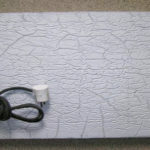 |
| 2 500 | |
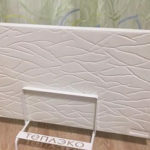 |
| 2 500 | |
 |
| 2 500 | |
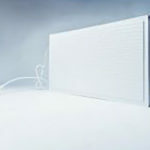 |
| 2 700 | |
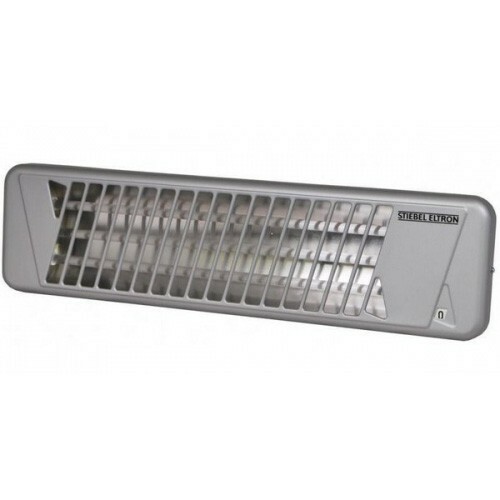 | IR emitter |
| 6 000 |
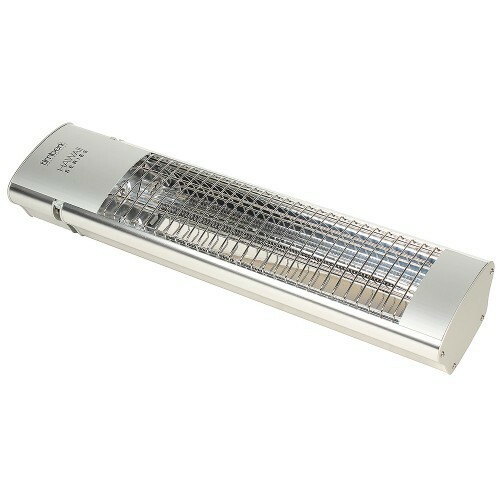 |
| 5 000 | |
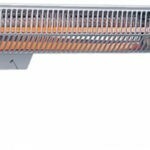 |
| 9 000 | |
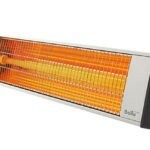 |
| 2 800 | |
 |
| 3 000 |
Not all popular models are shown in this table. each user has their own personal preferences that influence the choice of a particular model.
How to determine the power of a quartz heating battery
In order to determine the power of the heater, you can use special programs for calculating this parameter or online calculators located on the Internet. When using these products, the area of the heated room, its height and the degree of thermal insulation of building structures are taken into account. For an approximate calculation, the ratio of 1 kW of electrical power per 10 m2 is taken as a basis heated area with a ceiling height of 3 meters and satisfactory thermal insulation of walls and elements overlap. With an increase in the height of the room and deterioration of the thermal insulation characteristics, the size of the heated area decreases and, conversely, with a decrease, it can be increased.
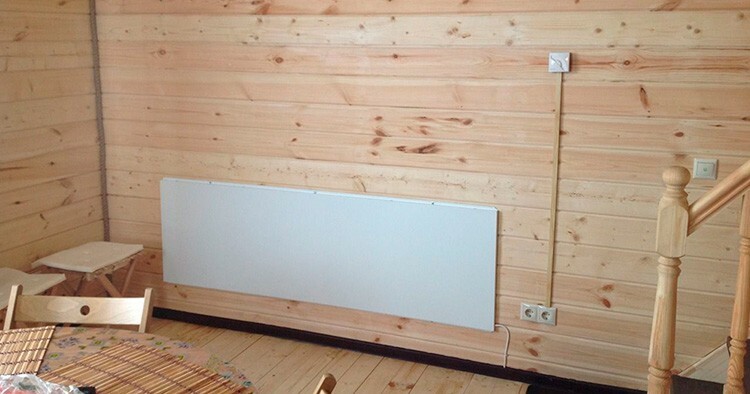
How to choose a heater with sand inside - our editorial team's recommendations
When choosing a quartz heater, our editorial staff recommend paying attention to 5 main points that determine the correctness of the choice made, namely:
- The selected type of device determines the possible installation options in a particular location, as well as the technical capabilities of the device.
- The area of the heated room must correspond to the heat output of the device or their number.
- The weight and dimensions of the instrument are also important and determine the location of the instrument.
- The presence of a control and regulation system provides the ability to use in automatic mode in accordance with the specified parameters.
- The heating temperature of the work surface is important, especially if there are children in the family.
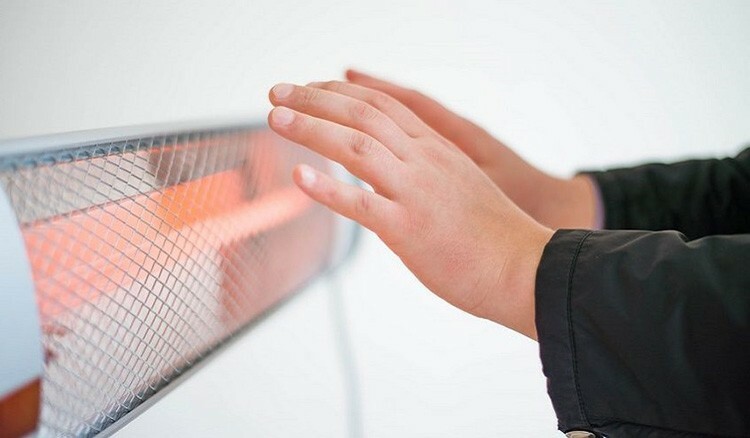
Video: The Whole Truth About Infrared Heaters
And at the end of the article, we offer you a useful video:


